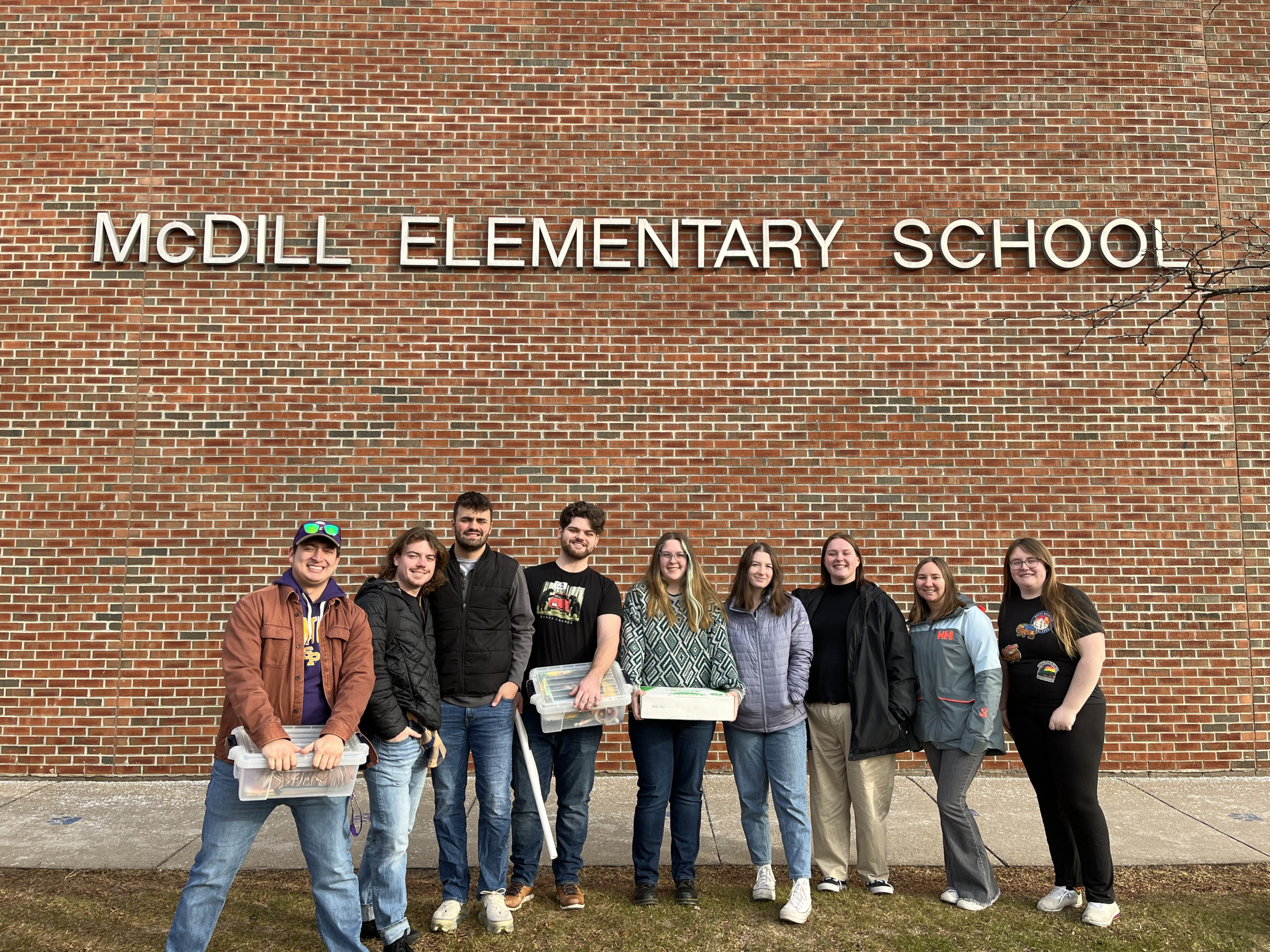Stronger Together: UWSP’s Case for NAAEE Accreditation in Environmental Education

This post is written by Kendra Liddicoat, associate professor at the University of Wisconsin-Stevens Point.
Undergraduate education in Environmental Education and Interpretation has a long history at the University of Wisconsin-Stevens Point (UWSP). In fact, Conservation Education was the first major in the department that would become the current College of Natural Resources. We are proud to have been teaching, mentoring, and inspiring young people to help others care for the earth since 1946! In addition to our B.S. in Environmental Education and Interpretation, we offer minors and certificates in this field and teach a required course for pre-service elementary and secondary education majors.
Choosing to seek accreditation in 2014 when NAAEE rolled it out as a pilot program was a logical step for us. One of our faculty members had done research on how the Guidelines for Excellence: Professional Development of Environmental Educators were informing pre-service education around the Midwest, and we had already aligned our curriculum with those Guidelines. Although enthusiasm for developing an individual environmental education certification program has been limited in Wisconsin (Gharis et al., 2018), we knew becoming an accredited academic program would benefit our College and major.
The accreditation and re-accreditation processes have been helpful for us internally and externally. We have appreciated the nudge to review our curriculum every seven years. It is also great to be able to share with prospective students, current students, and colleagues that we are an accredited program. Many of the other majors in our College are accredited and lead to professional certifications through appropriate coursework. The NAAEE accreditation gives us credibility within that context.
One of the recent ways we have made use of our accreditation and the Guidelines has been in redesigning the alumni survey we send out approximately every ten years. In the past, it has focused on reasons for choosing UWSP and content gained from specific courses. In contrast, the 2024 survey included a list of 23 competencies drawn from the Guidelines for Excellence from NAAEE and standards developed by the National Association for Interpretation. When we shared these data at a conference, it was clear that drawing on standards set by international organizations made our findings much more useful to people beyond UWSP. We appreciated the chance to make a contribution to a field we care so much about.
Lastly, being accredited helps us feel part of the broader environmental education community. That is important in a field served by a relatively small number of undergraduate and graduate programs. We know we are stronger together and hope other institutions will choose to pursue accreditation for their environmental education programs, too! To help make that happen, we offer the following suggestions to programs considering the accreditation process:
- Combine efforts! Figure out how to connect preparing for accreditation with assessment processes required by your institution, expected scholarship (research) activities, or strategic planning efforts within your unit.
- Be proud of your association with NAAEE and share your accreditation efforts with your students and colleagues. Enthusiasm is contagious and can help you stay motivated throughout the process.
- Reach out to people and programs that have gone through the accreditation process before you. Having one faculty member who was already familiar with the Guidelines made a big difference for us. Now we would be happy to share materials such as our syllabi or alumni survey with others!
SOURCE: Gharis, L., Franzen, R. L., Liddicoat, K., & Remington, T. N. (2018). How do Wisconsin environmental educators perceive a potential professional certification for individual environmental educators? Applied Environmental Education & Communication, 19(1), 44–61.

UWSP Environmental Education and Interpretation students excited to teach Project Learning Tree lessons to second graders. Photo credit: Kendra Liddicoat

